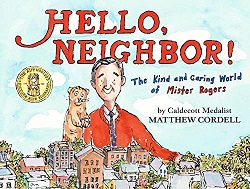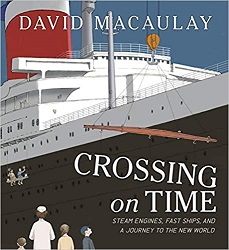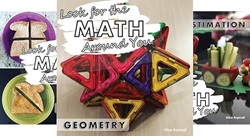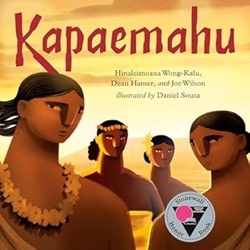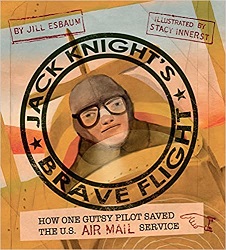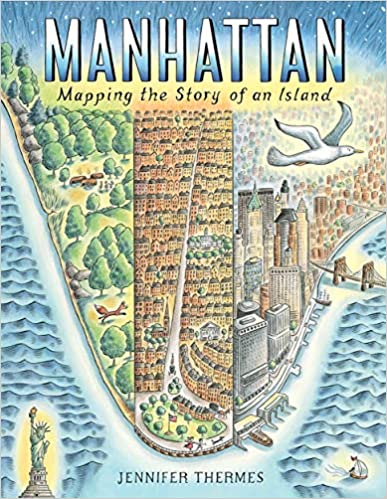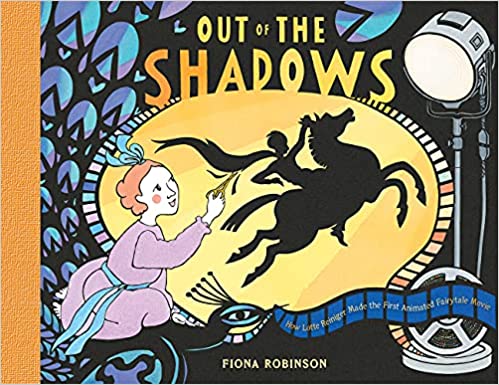Review of The History of the Computer, by Rachel Ignotofsky
People, Inventions, and Technology That Changed Our World
by Rachel Ignotofsky
Ten Speed Press, 2022. 128 pages.
Review written September 24, 2024, from a library book.
Starred Review
This is the second one of Rachel Ignotofsky’s books I’ve read, and I’m a fan. Both are compilations of a large amount of information in a visual way that doesn’t overwhelm you.
The spreads in this book are packed, but the information is compacted into panel-like segments. The book is not a graphic novel, but it borrows some graphic elements, sometimes sidebars, sometimmes diagrams, plenty of pictures, and even some speech bubbles. Even large paragraphs are given segments with headings, so you can read one section at a time.
The only problem with the graphic-novel-like format was that my first impression was that I could read it quickly. No, this book is packed with information, and it takes lots of time to absorb it. The advantage to the format, though, is that you can read a section or a spread at a time and easily pick it up later. I ended up picking this book up for multiple short stretches – and that was the perfect way to read it, with my interest captured every time.
And the information was so interesting. I worked as a computer programmer for my university as a college student in the 1980s, and my family was one of the first I knew of to have a home computer, a TRS-80. Oh, and my Dad brought home an old-fashioned modem in the 1970s. So – I’ve lived through a lot of the history of the computer, and it was very interesting to read about the bigger picture and many of the people behind different innovations – going far beyond Steve Jobs and Bill Gates.
Besides a straightforward history, the book also describes what’s inside a computer and goes back and looks at ancient counting systems and inventions like the abacus. The more modern chapters went from “Computers as Creative Tool, 1980-1989” to “The World Wide Web, 1990-2005” to “The All-in-One Device, 2006-Now.”
My only hope for this book is that it will get many updates. Although the part on “the future” only takes up a few pages, already in 2024 it feels like the prevalence of virtual meetings should be mentioned, as well as Chat GPT. But everything historical is very thorough, and presented in a fascinating way.
rachelignotofskydesign.com
tenspeed.com
Find this review on Sonderbooks at: www.sonderbooks.com/Childrens_Nonfiction/history_of_the_computer.html
Disclosure: I am an Amazon Affiliate, and will earn a small percentage if you order a book on Amazon after clicking through from my site.
Disclaimer: I am a professional librarian, but the views expressed are solely my own, and in no way represent the official views of my employer or of any committee or group of which I am part.
What did you think of this book?

